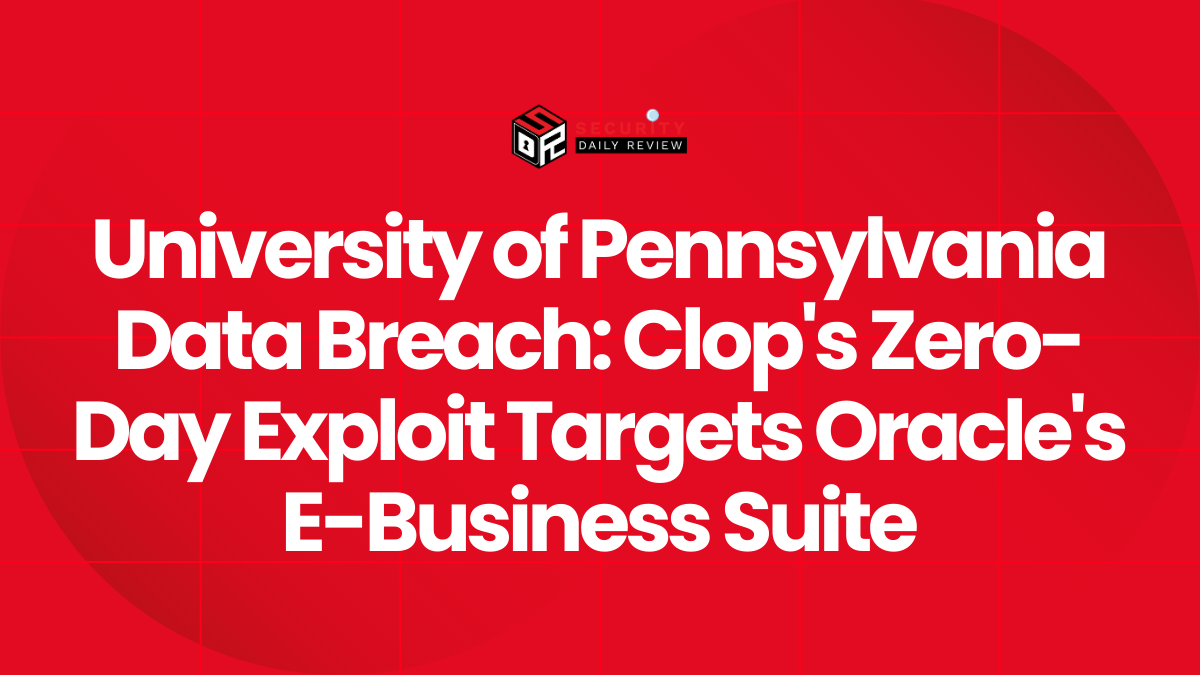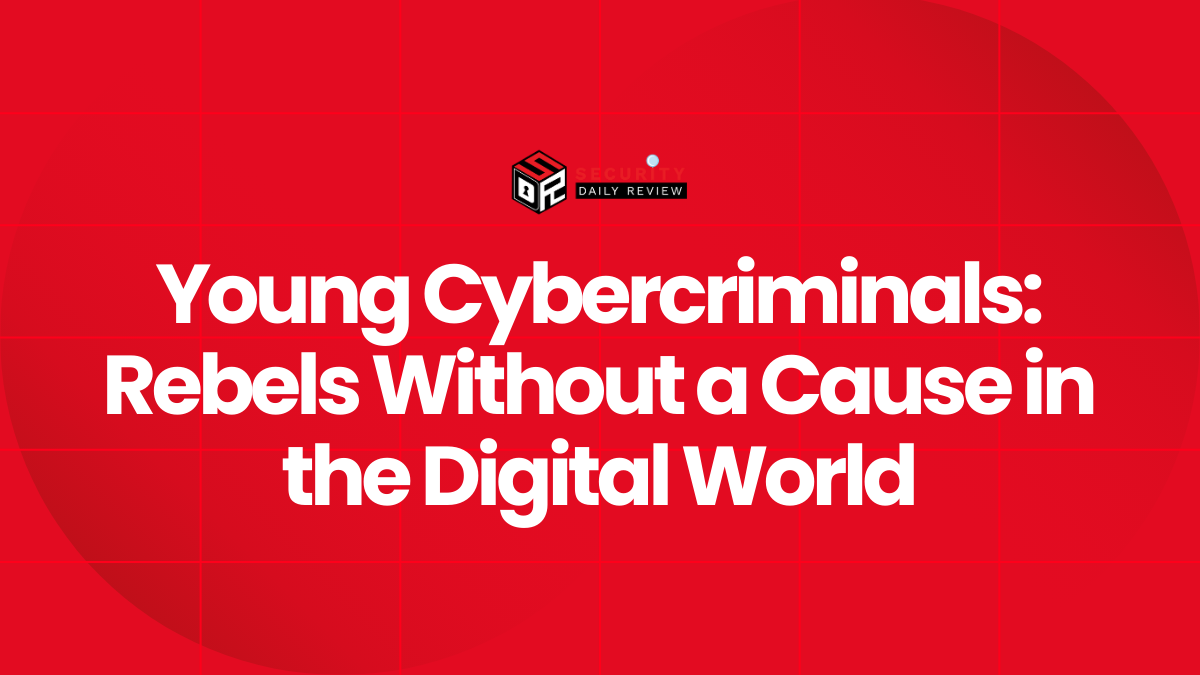Cybersecurity has never been more challenging—and sometimes, the very tools meant to protect us are part of the problem. A recent Kaspersky study highlights the growing cost, in money, time, and stress, of juggling too many security tools from too many vendors. Organizations that invest heavily in layered defenses are finding that more tools don’t always mean better protection. Instead, they’re facing less visibility, overstretched teams, and rising expenses.
Organizations Are Overloaded by Multi-Vendor Cybersecurity Ecosystems
Security teams are choking on complexity, not for lack of tools, but because of too many.
Kaspersky’s research shows that 74% of UK companies now depend on multi-vendor cybersecurity setups. While this variety theoretically offers broader protection, CIOs and CISOs are increasingly recognizing that the fragmented nature of these ecosystems introduces more problems than it solves.
Integration Gaps and Overlapping Capabilities Degrade Efficiency
One of the most persistent issues in organizations leveraging multi-vendor ecosystems is the lack of cross-platform integration. Kaspersky found that:
- 43% of security professionals point to weak integration across different products as a major time sink.
- 36% report that their security stacks are overly complicated and prevent rapid threat response.
Data silos created by non-integrated systems raise the risk of misconfigurations and incomplete threat visibility. This leads security teams to rely on manual processes, which in turn increase the likelihood of human error. Nearly 39% of respondents admit they struggle with inconsistent threat visibility—an alarming weakness in an age of constant, multi-vector attacks.
Tool Sprawl Inflates Costs and Increases the Attack Surface
Tool sprawl often stems from a reactive approach to cybersecurity—adding new tools to address each emerging compliance standard, vulnerability, or enterprise request. Few organizations step back to consider whether newly acquired tools overlap with capabilities they already have in place. The result is:
- Inflated costs, with 36% of businesses reporting budget overruns due to redundant tools.
- A larger attack surface, driven by multiple interfaces, integration points, and inconsistent patching.
- Decreased visibility and operability, as critical information is scattered across platforms.
According to The National CIO Review, the cost of security tools across the industry is expected to exceed $261 billion by 2025. Much of this spend represents wasted resources, as overlapping products both tax budgets and introduce complexity without netting meaningful gains in protection.
Human and Operational Costs of Cybersecurity Complexity Are High
Tool sprawl doesn’t just affect the security posture; it wears down the people responsible for maintaining it.
Security Teams are Burning Out Under the Weight of Too Many Tools
Fragmented security environments require constant manual coordination, leading to increased workload and alert fatigue. Security professionals face mounting pressure as they balance shifting between poorly integrated tools with limited automation. Some 41% of organizations in the Kaspersky survey highlight automation struggles due to the lack of tool integration.With siloed systems issuing dozens of overlapping alerts, genuine threats may be buried in noise. Analysts tasked with responding manually grow overworked, and morale plummets under the strain.This cybersecurity fatigue compounds the well-documented skills gap, reducing an organization’s ability to operationalize even the tools it already has. As more tools are added without strategic consolidation, teams are forced to become generalists at the expense of true subject matter expertise.
Better Strategy, Not More Tools, is the Way Forward
Organizations need to streamline their cybersecurity ecosystems by shifting their focus from accumulation to integration.
Multiple sources agree that the path forward lies not in acquiring more technology, but in deploying the right technology in a thoughtful, integrated manner. Security Info Watch and Keepit underscore the need for a holistic strategy in cybersecurity infrastructure, with every tool vetted for both necessity and interoperability.Key recommendations include:
- Tool consolidation and rationalization – Audit current stacks to remove redundant capabilities and optimize spending.
- Centralized platforms – Adopt centralized, integrated platforms that correlate data and unify threat visibility. Kaspersky, for example, suggests its Next XDR Expert suite as a model for aggregating data across disparate systems.
- Automation and orchestration – Minimize manual intervention by bridging tools through automation; reduce human error by standardizing workflows.
- Secure-by-design architectures – Embrace platforms and approaches that embed security natively rather than adding it in layers.
- Robust Identity and Access Management (IAM) – With complexity comes more identities and more risk; strengthening IAM can prevent compromise when integration fails.
Security Leaders Must Rein in the Chaos of Vendor Diversity
The collective research sends a clear signal: cybersecurity complexity, driven by tool sprawl and multi-vendor ecosystems, is no longer just an operational headache—it’s a direct threat to resilience. While layering security tools made sense in an earlier era, the current environment demands smarter, more integrated defenses.
CISOs seeking to get ahead of cyber threats must focus not on growing their stacks, but on taming them. Tool rationalization isn’t merely a cost-saving measure—it’s a security improvement strategy. Reducing complexity reduces risk. It’s time security leaders placed integration, automation, and strategic coherence at the center of their cybersecurity transformation agendas.









